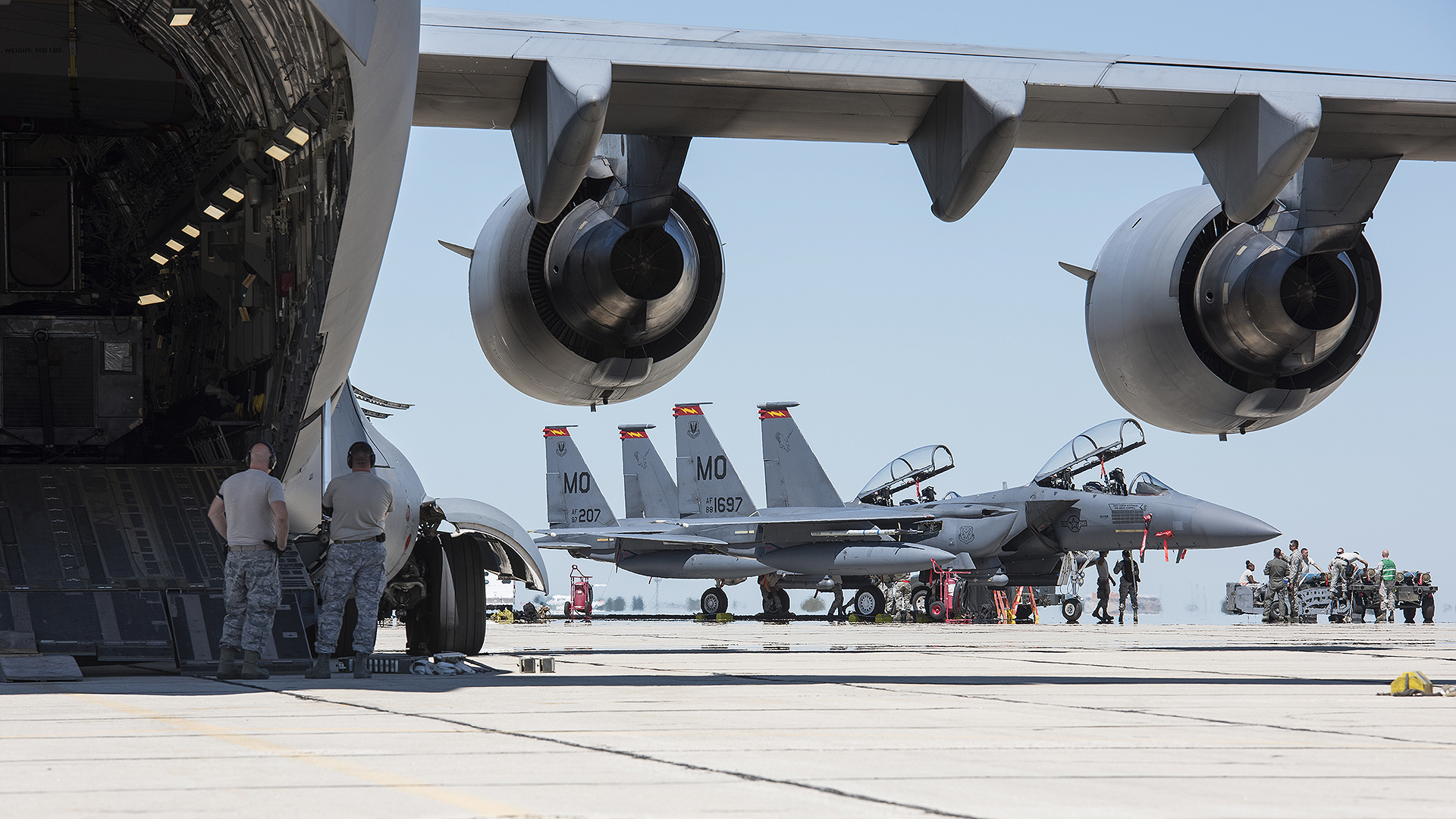When the Air Force started deploying “expeditionary air base teams” to the Middle East last October as the first layer of its force generation strategy, the regional upheaval and alert status stemming from Hamas’ Oct. 7 attack on Israel allowed leaders to get a good idea of how well the new system was working.
Speaking at the Air Force Association’s Warfare Symposium in Colorado this month, the three-star who’s supervised the rollout of what the service is calling AFFORGEN (Air Force Force Generation) said service leaders took “immediate lessons” from how the new teams functioned when they hit the ground. Leaders detailed next steps for these teams and a broader overhaul to air wing structure shortly after Air Force Secretary Frank Kendall revealed dramatic changes to service structure and force employment aimed at maintaining superiority over China.
The expeditionary air base teams, which replaced air expeditionary wings, are designed to deploy from the same stateside base after an extended preparation phase and to fill a wide array of roles, capitalizing on the goal of being flexible and agile to respond to various needs. The idea is to develop small, highly capable units made of airmen who know each other well and have worked together extensively prior to deployment. The concept also supports the Air Force’s agile combat employment,(ACE) vision, which sees small units operating from an array of global locations with minimal infrastructure and manning, resourced by an enduring “hub” base in the region.
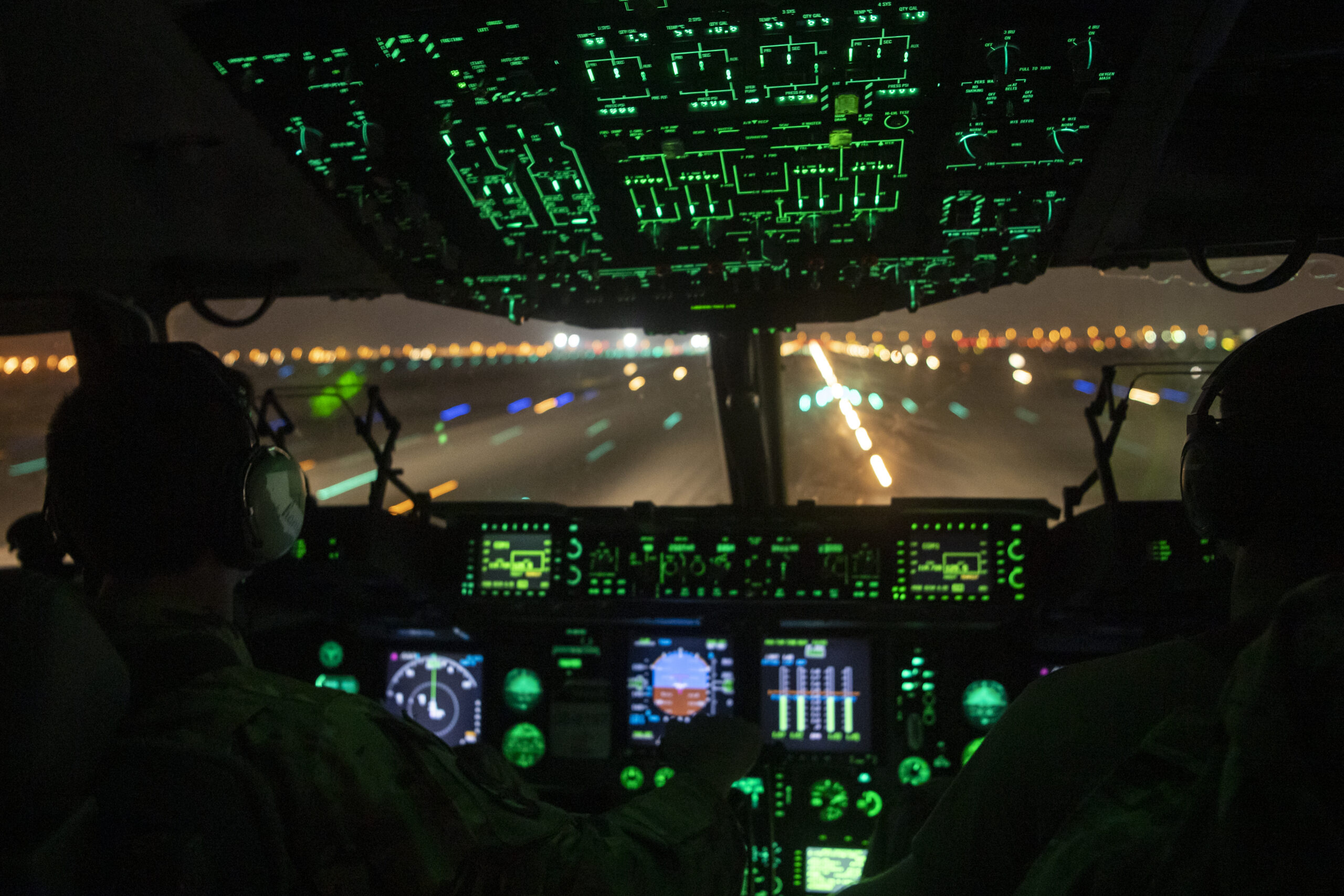
“One of the commanders that deployed as an expeditionary air base commander … said he was able to operate at ‘the speed of trust’ from the second they got on the ground,” Lt. Gen. Adrian Spain, deputy chief of staff for Air Force Operations, said of the first wave of deployments in October. “And that’s really what we’re trying to get to.”
Now the Air Force is pushing forward with what Spain described as a spiral development process to divide the service into three kinds of combat wings, which will allow different units to lean into their mission areas and have a clearer sense of the resources they need. It will also telegraph to the Joint Staff, who call for missions and deployments, just how much capacity the service has to meet its needs.
The first of the three new unit categories are the deployable combat wings, or DCWs, Spain said. He compared the structure of the future DCWs to Mountain Home Air Force Base in Idaho, which houses three deployable fighter squadrons and an array of support units under the 366th Fighter Wing.
“In a place like Mountain Home, you have all the resources required at your disposal,” Spain said. “The entire wing is under a common [command-and-control] structure, a base support element; it is intended to pick up and go in its entirety as a unit of action.”
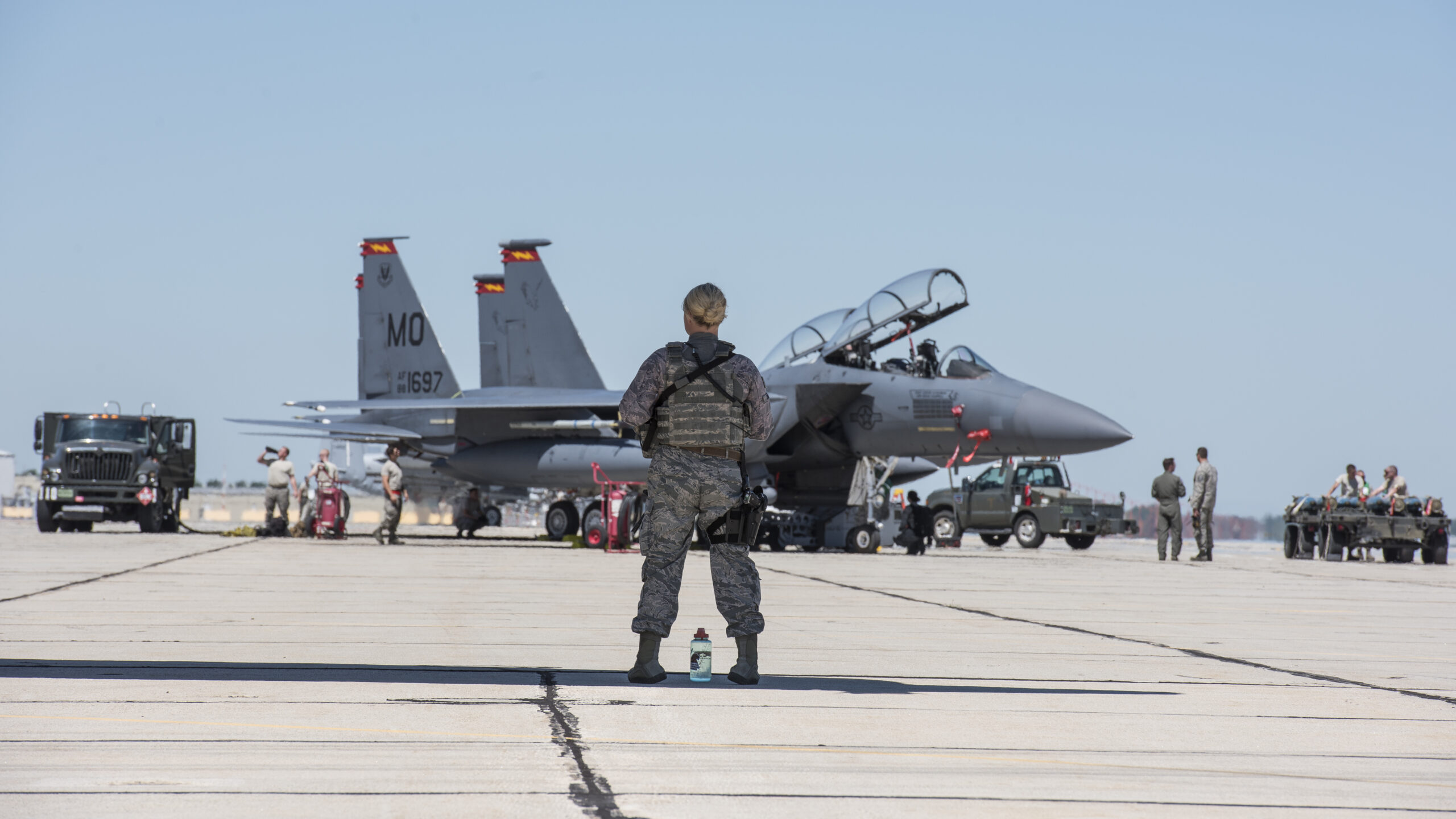
Resourced and trained for forward missions, the deploying wing leaves little behind when it goes, Spain said.
By contrast, he said, the combat generation wings, or CGWs, will have deployable elements, but won’t be designed or equipped for mass movements like the DCWs. Spain likened CGWs to Travis Air Force Base, Calif., which has a variety of deployable squadrons, but not an overarching wing with the command-and-control structure those units need in theater. They’ll need to “plug in” to a command-and-control system as designated by the supervising commander when they get downrange.
“The beauty of the combat wings is … going to Europe, or to the Pacific, or to CENTCOM or to Africa, it’s designed to fit into any C2 structure and fall in on the prevailing command-and-control apparatus,” Spain said.
The third kind of wing – the in-place combat wing, or ICW, will never deploy, Spain said. He likened ICWs to Malmstrom Air Force Base, Montana, home to the 341st Missile Wing, which maintains the LGM-30 Minuteman III intercontinental ballistic missile.
“You’re going to execute your missions from home station,” Spain said. “You’re not going to deploy; you’ll need a different set of resources to be able to operate.”
The location and composition of the three kinds of wings across the force has yet to be determined by Air Force leaders. Once that process is complete, said Brig. Gen. David Epperson, the deputy chief of staff for Air Force Operations and the director of Current Operations, the service will be able to determine the resources needed to sustain each kind of unit.
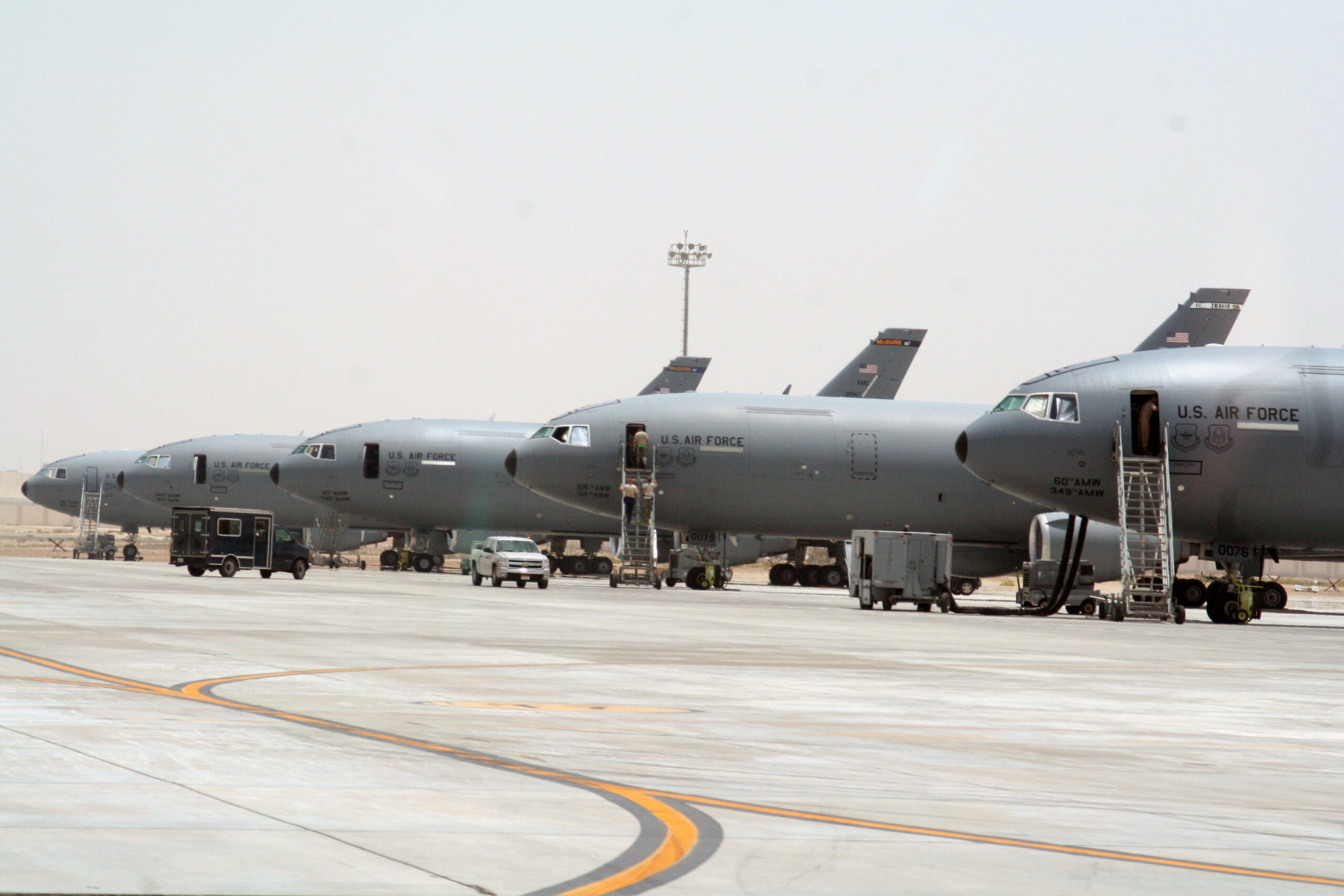
“We’ll continue to refine based on what we’re seeing in the expeditionary air base and the air task force to help us develop what that looks like,” Epperson said.
The clear designation of capabilities will also help the Air Force ‘see itself’ better, Spain said. Even though the service has had de facto distinctions between its wings, he suggested theytend to give them all a similar piece of the budget pie regardless of their tasking.
“So now we can have an internal dialogue that’s meaningful, and bounded by the structures and attributes as we evaluate, to say, ‘Hey, this is what I need this week,” Spain said. ” … Where we are with the resources we have will probably be a little imperfect in posture, but now I can start making either the requests or the advocacy for those resources.”
The panel’s moderator, Air and Space Forces Magazine Editor in Chief Tobias Naegele, pointed out that a restructuring that allowed the Air Force to ‘see itself better’ would also make clear to the mission requesters at the Joint Staff where the service was overtasked or unable to take on a new mission.
The Air Force sees that kind of transparency as an advantage, Spain said, adding that the Secretary of Defense “wants to know whether he’s accepting risks or not accepting risks deliberately.”
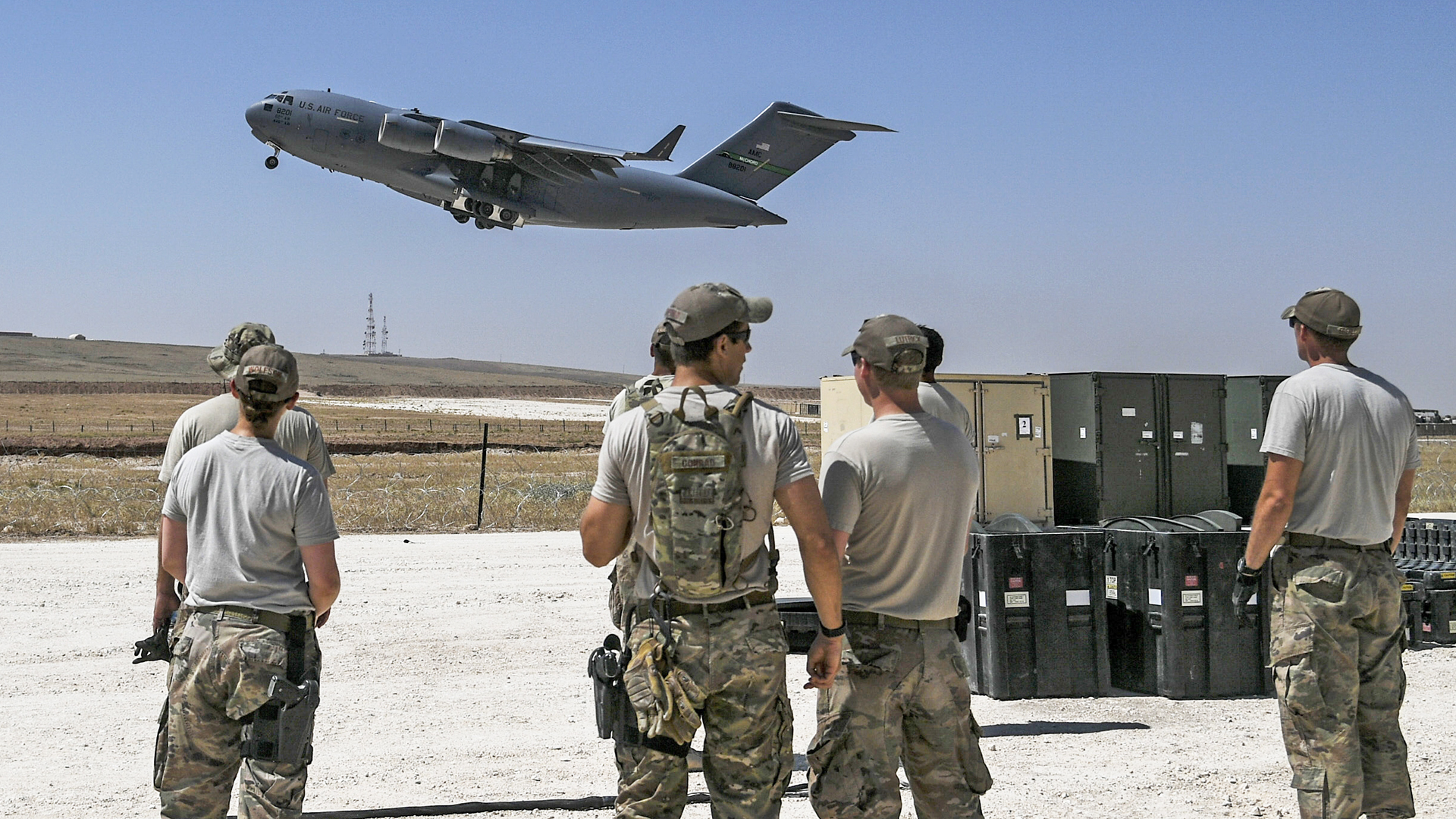
This new structure for Air Force wings will all support the air task force training and command model announced by the service last September and entering its preparatory phases this summer.
The expeditionary air base squadron will be at the heart of each air task force, which will also include a command element and the support structure needed to facilitate the agile combat employment strategy. When the change is complete, service leaders want deploying units to train together deliberately for 12-18 months, with airmen hailing from the same two or three bases. Within the air task force is a mission layer, the expeditionary air base teams, consisting of 100 to 150 airmen formed around a fighter, bomber or air wing squadron. Added to these are a command element and a sustaining layer. That sustaining layer includes a combat service support apparatus that can fall in on a bare airfield in a far-flung location and maintain the systems needed to support not only the airmen in the operating unit, but any other service members who happen to be on site. In the Middle East in particular, Epperson said, this kind of scenario is common for the Air Force.
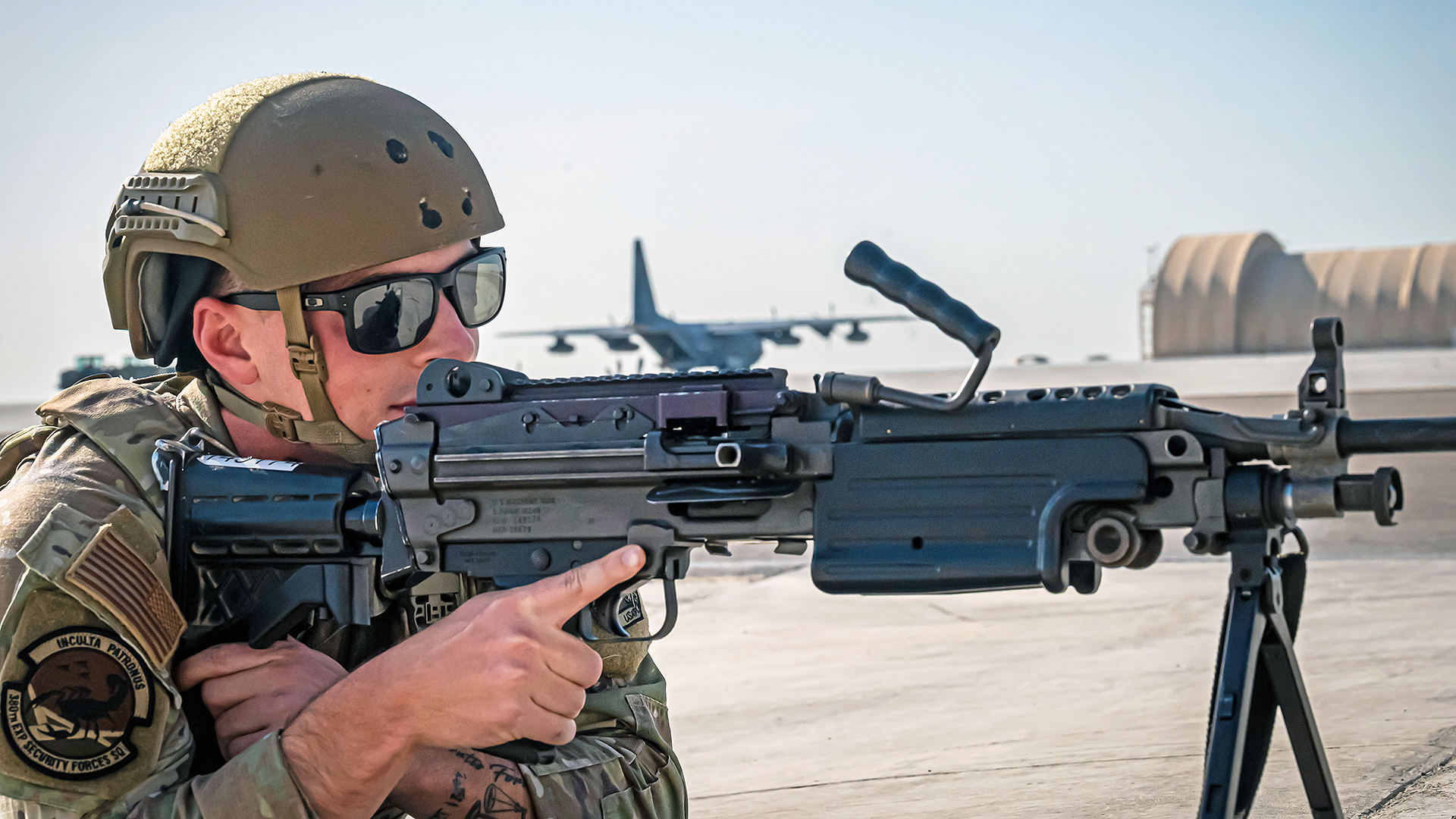
The push for the small teams to flex across a broad range of job requirements might see basically trained airmen assisting Air Force electricians for HVAC maintenance or pitching in with airfield repair – the sorts of things that might be required of a barebones team at a barebones location. There are limits: Spain said nobody, for example, will be asked to pinch-hit the role of explosive ordnance disposal technician.
“A lot of people say it’s doing more with less,” Spain said. “I don’t think so. I think it’s more optimizing the airmen that we have, and making sure that they have that capability to help across [a range of requirements].”
The first class of air task force commanders have been selected, and are preparing to begin training this summer, with anticipated deployment dates in late 2025, Spain said. By 2026, he added, the task forces will be fully active and equipped with all their subordinate elements.
Contact the editor: Tyler@twz.com
